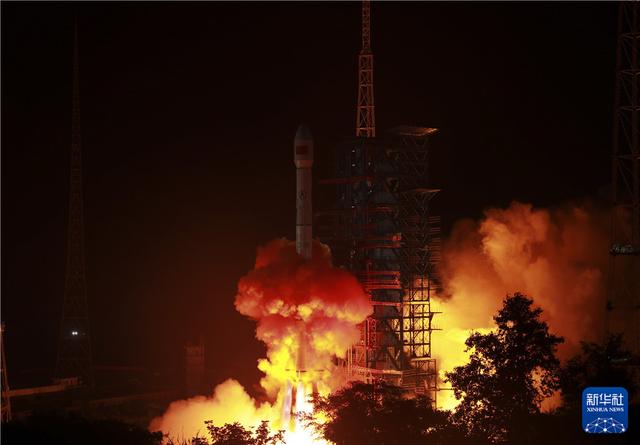Third Tianlian II-series satellite launched
By ZHAO LEI | chinadaily.com.cn | Updated: 2022-07-13 12:56

China launched a Tianlian II-series satellite early on Wednesday morning to form a global network of the country's second-generation relay satellites.
A Long March 3B carrier rocket blasted off at 12:29 am from the Xichang Satellite Launch Center in southwestern China's Sichuan province and then placed the Tianlian II-03 satellite into a geostationary orbit, according to China Aerospace Science and Technology Corp, the country's leading space contractor.
The State-owned conglomerate said in a news release that the spacecraft will form a network with its two predecessors, the Tianlian II-01 and Tianlian II-02. The second-generation relay system is expected to extensively improve the nation's space-based control, tracking and data relay capabilities, it said.
China began to establish its own relay satellite system in April 2008 when the first satellite in the Tianlian I series was launched from Xichang.
In July 2012, China became the second country, after the United States, to possess nonstop relay capability for its space-based infrastructure after the Tianlian I-03 was deployed that month to complete a basic system with global coverage.
In March 2019, China launched Tianlian II-01, the first of its second-generation data relay satellite system.
Currently, eight Tianlian satellites — five in the Tianlian I series and three in Tianlian II — have been launched.
Compared with the first-generation model, Tianlian II satellites are more capable, more durable and have a heavier carrying capacity, according to satellite designers at the China Academy of Space Technology.
The Tianlian family is playing a key role in China's space programs and has served a variety of functions. They serve as rendezvous and docking points between spaceships and space stations, provide video links between astronauts and people on the ground, and transmit data about their observations of the Earth, the weather and other low-orbit satellites, designers said.
























